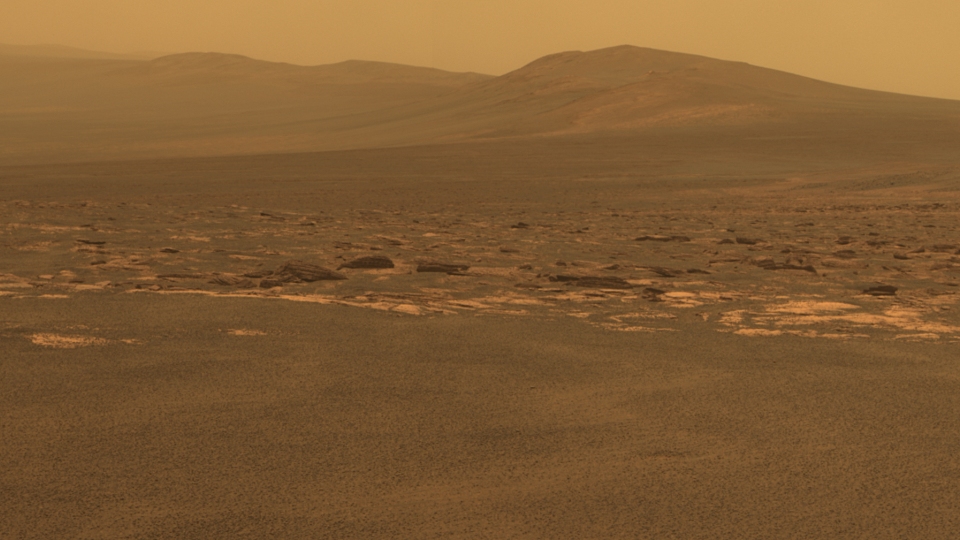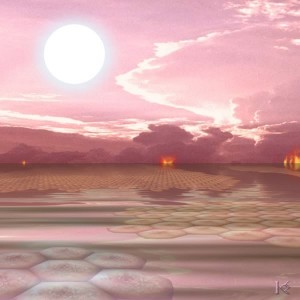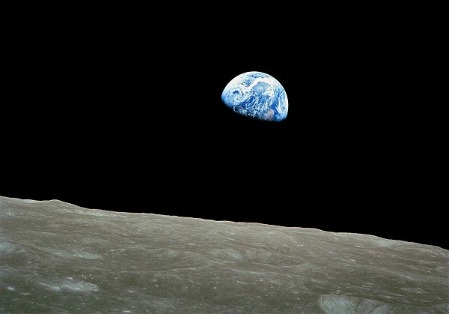There are chemical signs of life on earth in the oldest sedimentary rocks we have. That early life may have been simple anaerobic microbes, primitive archaea, RNA world, or something we have no knowledge of at all. This was an alien looking world! As seen above, the moon was much larger and closer in those days (Yeah, that’s the moon, not the sun), in fact the days themselves whirled by in about half the time it takes now! The earth was probably hotter, with a thicker atmosphere painted yellow and orange with prodigious amounts of greenhouse gases and volcanic emissions.
But around 2.5 billion years ago a newcomer evolved that could use light to turn water and carbon dioxide into simple sugars. Over time these bacteria gave rise to blue-green algae which would transform the world and change the color of the sky by creating a deadly poison: oxygen. New evidence suggests the ancestors of the poison loving bugs may have been around a lot longer than once thought:
The ‘Great Oxidation Event’ (GOE), nearly 2.3 billion years ago, marks the point when oxygen started to make an impact on the atmosphere, stimulating the evolution of air-breathing organisms. But new research from MIT suggests that oxygen may actually have been around hundreds of millions of years earlier, in ‘oxygen oases’ in the oceans. And the team says there’s good evidence that tiny aerobic organisms may have evolved to survive on extremely low levels of the gas in these spots.
Of course we tend to think pretty highly of oxygen, without it we die! But oxygen is corrosive stuff, organisms that couldn’t handle it probably perished or clung or in low oxygen environments. Oxygen may have done more than change life, it probably change the color or the oceans and the sky. It may have also caused a huge drop in greenhouse gases leading to a series of global glaciations called Snowball earth, but that’s a post for another day.








